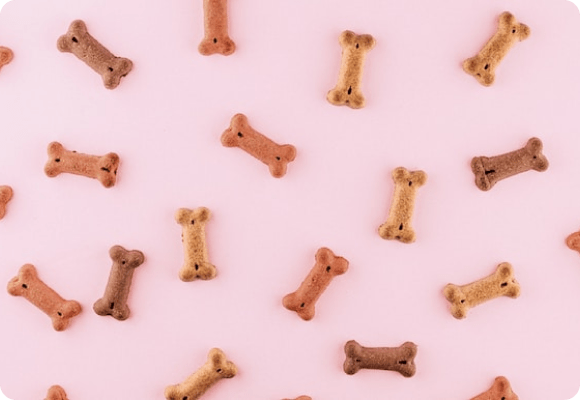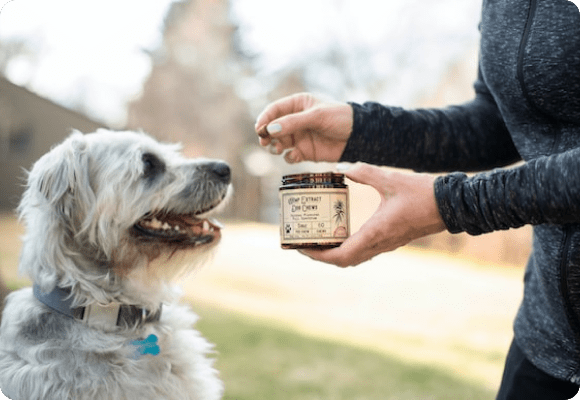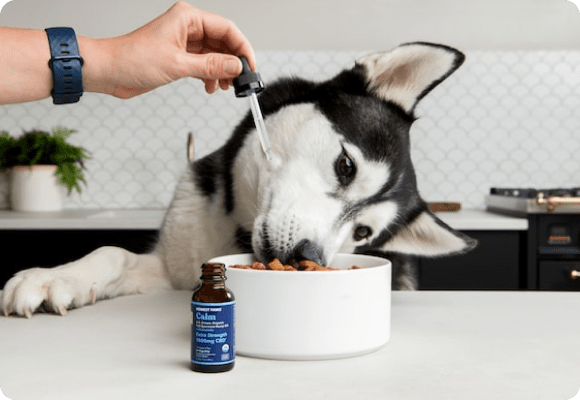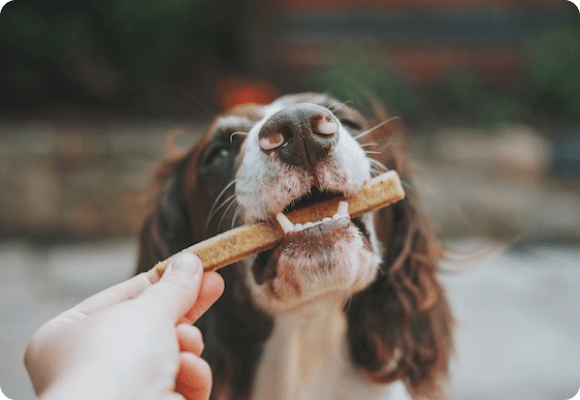Afghan Hound Dog Breed Facts: History, Health Traits, and Characteristics

Table of Contents
Afghan Hound Breed Card
Afghan Hound Breed Overview
Group
Hound Dogs
Height
24-28 inches tall
Breed Recognition
Yes
Weight
40-60 pounds
Country of Origin
Afghanistan
Personality
Independent, Affectionate, Energetic
Lifespan
12-18 years
Shedding
Low
Afghan Hound History
The Afghan Hound is considered one of the oldest breeds of purebred dogs. Being an ancient breed, the exact date and place of origin of the Afghan Hound are unknown. It was said to be first developed within the lands of Asia, now known as the countries Afghanistan, India, and Pakistan.
The Afghan Hound was originally bred as a hunting companion of early Asians. It was trained to hunt in the mountains for games due to its incredible eyesight and speed. In fact, the Afghan Hound has been included in the subcategory of hound breeds known as sighthounds due to its exceptional hunting skills honed over time. It has also been kept as a status symbol of the wealthy and powerful people in old Asia.
The Afghan Hound became popular in Europe in the early 1900s. It was even named the preferred breed of the British gentry. The Afghan Hound was recognized by the AKC – American Kennel Club in 1927 and shortly became popular in the United States of America after several years.
Cost ✅
COST LEVEL
Low End: $600
High End: $1000
Afghan Hound Physical Traits
General Appearance💡
The Afghan Hound is a medium-large breed with a confident stance and a silky coat. It is a tall dog that complements its fiercely independent aura.
The Afghan Hound is a large dog that stands proud as it radiates its independence and majestic coat.
The back is level from the shoulders to the loin, while the chest is narrow and deep. The legs are strong with large feet, and the tail is set not too high in the body. The hipbones are naturally prominent.
The head is long with a slightly Roman appearance from the prominent nose. It is surmounted by a topknot of long silky hair and a set of long ears. The eyes are almond-shaped and dark brown in color.
Size & Weight ❤️
Height: 26-28 inches
Weight: 50 and 60 pounds
Height: 24-26 inches
Weight: 40 and 50 pounds
Coat & Color
Eye Color
Dark brown
Coat Color
Black, blue, cream, red, silver, white, brindle
Coat Length
Medium to long
Coat Texture
Silky
Afghan Hound Temperament and Personality
The Afghan Hound is loyal and affectionate. It has high energy levels that need to be addressed with frequent exercise.
Because it was originally a hunter, a series of physical activities can help wear off its energy and stamina throughout the day. Aside from these, it also needs mental stimulation to enhance its cognitive abilities.
The Afghan Hound is also aloof and independent. It can do well with being left alone for a few hours. However, it tends to be shy, which might make training a challenge.
Kid Friendly?
GOOD WITH KIDS
Bad Idea
Excellent Nanny
Yes, the Afghan Hound is kid-friendly. It can tolerate children’s behavior and may enjoy their company.
However, this may not be the case all the time. Afghan Hounds are independent, and they love their personal space. Kids who are very young and those unexposed to dogs should not interact with this breed unsupervised.
Additionally, Afghan Hounds are tall and strong, which may lead to injuries during interactions. This hound dog breed must always be supervised around children to prevent accidents.
Good with Other Pets?
GOOD WITH PETS
Bad Idea
Friendly Socialite
Yes, the Afghan Hound can be good with other pets. It can generally do well with dogs, especially dogs raised with it.
Other pets, however, may not be ideal to keep with Afghan Hounds. Small animals such as birds and rodents may only trigger the breed’s instinct to hunt if kept together.
Barks a Lot?
BARKING LEVEL
When Neccessary
Noise Maker
No, the Afghan Hound usually does not bark a lot. It is vocal only as needed, for instance, when alerting its owners.
An Afghan Hound barking excessively should mean something else. This behavior might indicate boredom or pain. It is recommended to be familiar with your dog’s behavior and consult a veterinarian when in doubt.
Can Be Left Alone?
LEFT ALONE
Likes Being Alone
Sepration Anxiety
Yes, the Afghan Hound can be left alone at home for up to six hours.
Afghan Hounds are independent dogs and may enjoy some time alone. However, leaving them alone for six hours or more may lead to boredom and separation anxiety.
Afghan Hound Training
Training an Afghan Hound is challenging. This breed is independent, self-willed, and stubborn. A relationship must be built between the dog and the owner first to make efficient training doable. Being pleasers to people whom they like makes bonding a must before any type of training.
Basic commands such as come, sit, and stay can easily be comprehended by the Afghan Hound. It must be kept in mind that this breed is a hunter, and hunting instincts will almost always overcome any amount of training. This is why owners must not be complacent after training their Afghan Hound.
When training an Afghan Hound, the owner must be patient. The dog must not be trained for long periods, and harsh correction must be avoided. Positive reinforcement, such as play and treats, upon carrying out commands, must always be encouraged to have effective training with this breed.
Aside from the original breed, there are numerous Afghan Hound mixes spread across the world, such as the Afghan Sheepdog, Afghan Chon, and Afador, to name a few.
Afghan Hound Needs
Afghan Hounds need high-quality food, exercise, and mental stimulation to live a long and happy life. From time to time, they also need grooming to keep them free from skin and coat issues.
Nutritional Requirements
FOOD MOTIVATED
Picky Eater
Voracious Eater
Afghan Hounds are large and active dogs. Therefore, they need a high-quality diet that is complete and balanced. They generally do well with commercial dry and wet foods or home-prepared meals under their veterinarian’s supervision.
Certain human foods are toxic to dogs. Therefore, feeding table scraps is not encouraged. Table foods are also high in sodium and sugar, which are dangerous when given to dogs repeatedly.
The recommended frequency of feeding Afghan Hounds is twice a day. They must never be given huge portions at once as they are prone to GDV. The amount of feed to be given depends on the type of feed (commercial or home-prepared), age of the dog (puppy, adult, or senior), and intensity of activities and exercise.
Exercise & Activity Levels
ENERGY LEVEL
Couch Potato
Go-All-Day Stamina
The Afghan Hound has high energy levels and requires daily exercise. It requires a huge space to run around and to play with its family or other dogs. It is also best that its hounding skills be practiced from time to time to encourage its natural behavior.
Generally, adult Afghan Hounds need at least two hours of exercise per day. This can be done in two to four sessions during the coolest parts of the day to prevent heat exhaustion and dehydration. Activities such as running, hiking, and swimming are excellent for the breed. They also excel in lure coursing, which appeals to their hunting instincts.
Afghan Hounds are really fast and agile. They may be trained to run alongside a bicycle. Off-lead walks must always be done in safe or enclosed areas to prevent accidents for the dog and other animals.
Grooming Needs
SHEDDING LEVEL
No Shedding
Shedding Machine
Afghan Hounds are high-maintenance when it comes to grooming. Although they shed minimally throughout the year, an Afghan’s coat must be kept clean and tangle-free by brushing several times a week.
Bathing may be done once to twice a month using a gentle shampoo and conditioner. Afghan Hounds with long coats and spending more time outdoors may need grooming more frequently.
Their long hairy ears must be cleaned and dried at least once a week to prevent infections. On the other hand, the teeth must be brushed at least twice a week as they are prone to dental problems. One good thing about this breed is that they don’t drool much.
Afghan Hound Average Lifespan
The life expectancy of an Afghan Hound is around 12-18 years. It generally lives a healthy life and is usually not susceptible to any major health concerns. However, it is prone to various health issues.
Commom Health Problems
- Dental Disease: Tartar build-up, cavities, gingivitis, and periodontitis which could lead to cardiac and kidney issues.
- Hypothyroidism: Lack of thyroid hormones which leads to poor appetite and regulation of body temperature, and weight gain.
- Hip Dysplasia: The hip joints are formed improperly, which leads to arthritis.
- Anesthesia Sensitivity: The risk of anesthesia is high because of the naturally low body fat reserves in the body.
- Gastric Dilatation and Volvulus (GDV): Also known as bloat, GDV is a life-threatening condition that occurs when the stomach twists on itself and fills with gas.
- Eye Problems: Afghan Hounds are prone to eye issues, such as glaucoma (progressive damage to the optic nerve) and cataracts (clouding of the lens of the eye).
- Osteosarcoma: Malignant bone cancer common in large breed dogs.
- Deafness: This condition is heritable in this canine breed.
Recommended Health Tests
- Hip evaluation
- Ophthalmology evaluation
- Thyroid evaluation
Tips for New Afghan Hound Owners
Here are a few tips when getting an Afghan Hound puppy.
Tip 1
Find a Reputable Breeder: A puppy from a trustworthy and credible breeder is less likely to have problems. These reliable breeders ensure that both parents of the puppy are screened for genetic diseases and will also provide certificates from those tests. In addition, they provide the basic care needed by the puppy, including proper feeding, clean enclosure, initial deworming, and vaccinations.
Tip 2
Get Puppy/Dog Products in Advance: It is best to have all the paraphernalia needed before the puppy arrives. This includes high-quality dog food, a food & water bowl, a crate, puppy pads, a dog bed, and toys. The same puppy food provided at the breeder’s place shall be provided initially before gradually switching to another food if desired or advised by the vet.
Tip 3
Get the Puppy a Hood: Afghan Hound ears are so long that they sometimes get into the food bowl while eating. The hood is slipped on the puppy before meals to make sure that the ears are away from the food bowl. This is one simple trick to keep your Afghan Hound’s ears free from debris and moisture.
Afghan Hound Similar Breeds
– Azawakh
– Borzoi
– Greyhound
Afghan Hound Supplies You Need
Afghan Hounds are highly energetic dogs that require high-quality food to sustain their everyday activities and metabolism. They generally do well with either commercially available feeds or home-prepared meals under their veterinarian’s approval. The food that must be provided shall consider the dog’s age (puppy, adult, or senior).
Afghan Hounds are prone to joint problems such as hip dysplasia, which is why investing in beds with orthopedic foam bases is essential to this breed. In addition, bone and joint supplements may be essential to prevent these diseases in the future. Always consult your veterinarian before giving any supplements to your dog.
The long coat of Afghan Hounds needs frequent brushing and detangling. Having a high-quality brush with non-abrasive tips will work well with your dog’s coat. Regarding ear cleaning and toothbrushing, dog-friendly products (ear cleansers, toothpaste, and toothbrush) are essential to guarantee effectiveness and safety.
Best Dog Beds for Afghan Hounds
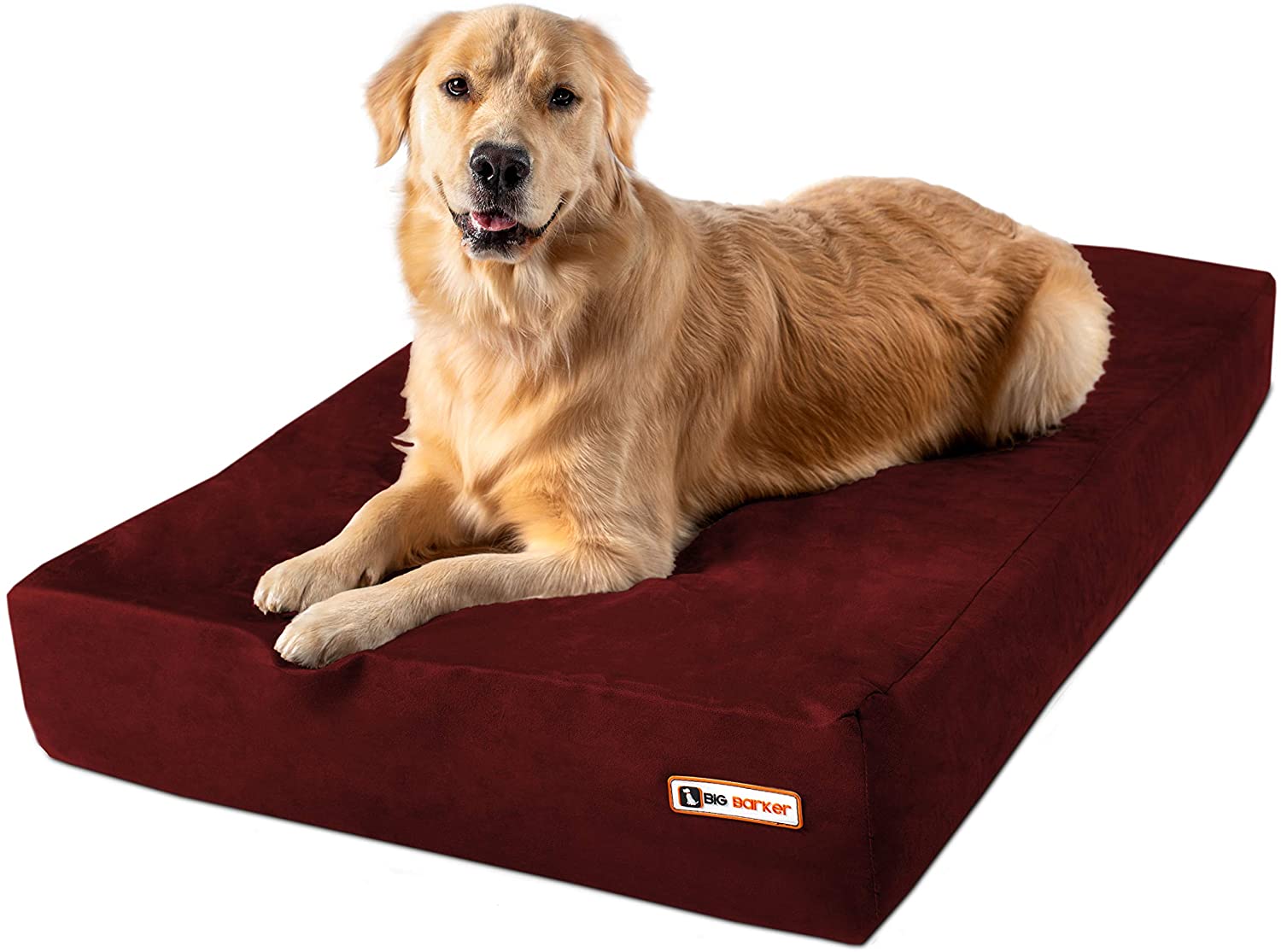

Best Dog Food for Afghan Hounds
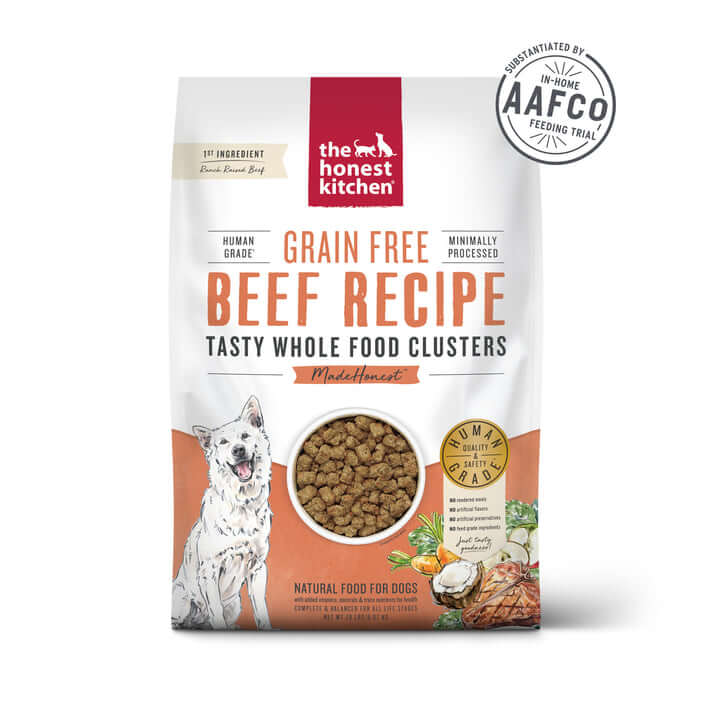
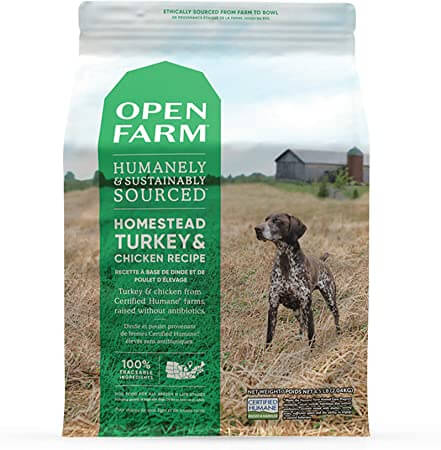
Best Dog Supplements for Afghan Hounds


Afghan Hound Fun Facts
If you are thinking about getting an Afghan Hound, these little-known facts might help you make a decision:
Fun Fact 1
The first Afghan Hounds had sparser, silkier coats and racier outlines, while mountain members of the breed had heavier coats, more bone, and greater angulation. The latter Afghan was brought to England in 1925 by Mary Amps and became known as the Ghazni strain.
Fun Fact 2
Afghan Hounds are one of the fastest dogs in the world. They run at 40 miles per hour, on average, and that is as fast as a purebred racehorse. Winning Brew, the fastest horse in the world, has a record of only 43.97 miles per hour.
Fun Fact 3
On August 3, 2005, a team of Korean scientists became the first people to successfully clone a dog. This dog is an Afghan Hound named Snuppy. He was named Time Magazine’s “Most Amazing Invention” the same year.
Fun Fact 4
The Afghan Hounds are one of the oldest breeds of purebred dogs. Interestingly, Pablo Picasso had an Afghan Hound named Kabul, which was an inspiration for many of his artworks.
Why Trust Us?
This article was written by pet parents, for pet parents, and reviewed by our expert veterinary panel. We understand you want to ensure you are only using the best products to support your pet’s health and happiness. At onevet.ai our mission is to provide you with the most up-to-date information and resources you need on the products you buy for your pet.
Our specialized content team of writers, reviewers, and veterinarians analyzes all of the information for you and presents it in an easy-to-understand format. We independently research and test the best products so you can make an informed decision since your pet only deserves the best.
















